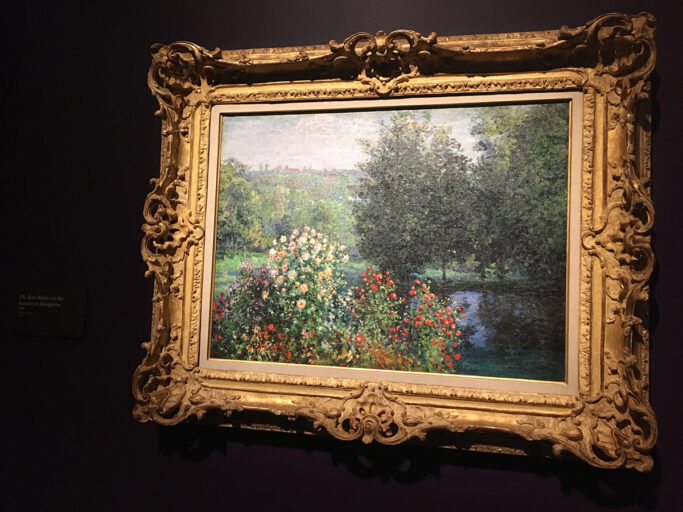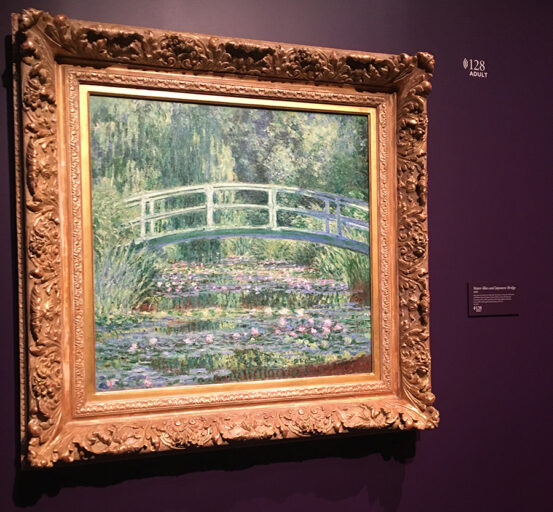
DAM’s exhibit
Jesus E. Sanchez-Alvarez
Haga click aquí para leer la versión en español
Let’s admit it, we live in a culture that idolizes progress. We as Americans love purchasing the latest smartphones, and browsing Netflix to find the next hit everyone’s watching. A love for Progress has always been one of the defining aspects about Americans, and one of the places this love can be seen is in the crowds at the new show at the Denver Art Museum, “The Truth of Nature.”
This exhibit, which focuses on the work of the Impressionist artist Claud Monet, is an important landmark in the advancement of Modern art. Born in a time when Art Academies dominated French art education, Monet became one of the founding fathers of this unique style that completely broke with tradition. Monet lived in a time often classified as the Modern art period, a time when artists were experimenting with new ways of seeing the world.

New Perspective
Impressionists like Monet had to face the challenge of finding their artistic voice in an ever-changing industrialized world, brimmed with new scientific insights, and Japonisme, or an obsession with Japanese art and design. During Monet’s life, scientific discoveries were beginning to change the face of painting, particularly through the discovery of complementary colors, and the advent of the camera.
Complementary colors are colors opposite each other on the color wheel that when placed next to each other create a strong contrast. Monet took full advantage of this discovery, imbuing his paintings with interesting complementary relationships. Besides using color in new ways, Monet also experimented with motion in paintings, inspired by blurry capturing on cameras.

Japanese Influence
However, Japonisme was also a significant contributing factor to this distinctive style of painting. As the Western world became exposed to this mysterious island known as Japan, artists couldn’t help but be intrigued with the Japanese art they observed. The aesthetic traditions coming from Japan further influenced the aesthetic output of Impressionist artists, which can be seen in Monet’s “Water-lilies and Japanese Bridge” at The Truth of Nature exhibit.

Legacy
In a time of mass communication and globalization, the world we live in is not much different from Monet’s. As our society morphs evermore into an information society, it is our obligation to see ourselves in Monet, an artist who chose to embrace the current of change of his time.

Claude Monet, “The Truth of Nature”
Until February 2
Denver Art Museum
100 W 14th Ave Pkwy.
Denver, CO 80204






otras noticias
More than $2 million for 3,570 workers
Xavier Becerra highlights the positive impact of 988 on managing mental health crises
Carla Colin, Entrepreneur, and Inspirational Leader